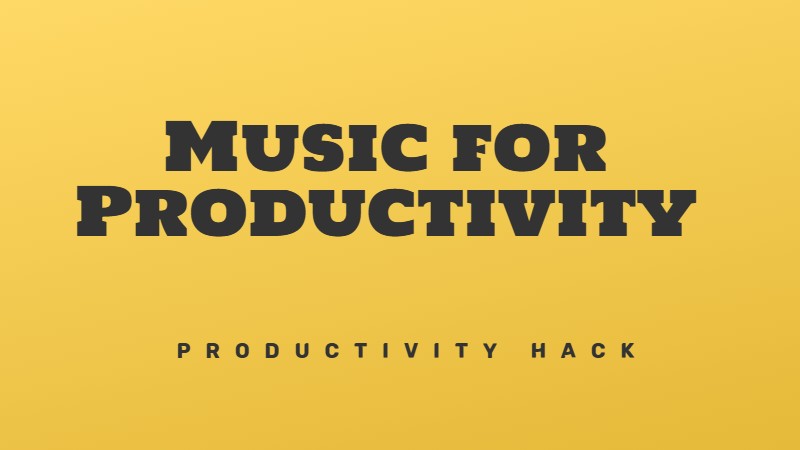Brushing your teeth is one of those routine tasks you do on autopilot, like tying your shoelaces or making toast. You squeeze some toothpaste on your brush, scrub your chompers for a minute or two, spit, rinse, and get on with your day. Easy peasy, right?
Well, hold on to your toothbrush, because it turns out this mundane little habit is more complex than it seems. Dentists have a lot to say about the right and wrong ways to polish your pearly whites. From the type of brush you use to the exact technique you employ, there’s a science to keeping your teeth in tip-top shape. Think you’ve got it all figured out?
The science of brushing your teeth: A dentist-approved guide
You’ve been brushing your teeth since you were a kid. Squeeze toothpaste, scrub, spit, rinse. Easy, right? Not so fast. According to dentists, most of us are doing it wrong.
Why we brush our teeth
When we eat, the bacteria in our mouths throw a party. Some release stinky sulfur compounds that cause bad breath. Others produce tooth-dissolving acid, the first step in cavity formation.
Brushing disrupts this bacterial bash. The mechanical action scrubs away plaque and food particles. Toothpaste ingredients like fluoride defend against acid attacks, helping teeth remineralize and rebuild enamel.
The 2-minute rule
The American Dental Association says to brush for two minutes, twice a day. Most of us fall short, brushing for just 45-70 seconds. Skimping means missing out on fluoride’s protective power.
To rinse or not to rinse?
After spitting out the toothpaste, you might rinse with water out of habit. But dentists say don’t. Rinsing washes away fluoride, cutting short its contact time with your teeth. The longer fluoride lingers, the more it strengthens enamel.
If you can’t stand the gritty post-brushing feeling, floss first, then rinse. This clears out food particles so you can brush fluoride directly onto your teeth.
Make fluoride linger longer
If you must rinse, wait 20-30 minutes so the fluoride has time to work. Even fluoride mouthwash should wait. Over-the-counter rinses are lower in fluoride than toothpaste (100-200 ppm vs 1000-1500 ppm), so rinsing right after brushing is counterproductive.
Troubleshooting toothpaste
Charcoal toothpaste is too abrasive, scouring away enamel. Skip it.
If regular toothpaste irritates your mouth, consider switching. Ingredients like sodium lauryl sulfate and cinnamon can cause sores and skin peeling for some. Go for a natural formula with hydroxyapatite instead. And rinse your face afterwards to remove residue.
Facts about teeth brushing
Myths about teeth brushing
The bottom line
At your next checkup, your dentist won’t scold you for spitting or rinsing. But they may raise an eyebrow if you say TikTok taught you how to brush. Trendy techniques come and go, but the science of tooth care remains. Brush, spit, skip the rinse, and let the fluoride do its job. Your teeth will thank you.




Leave feedback about this